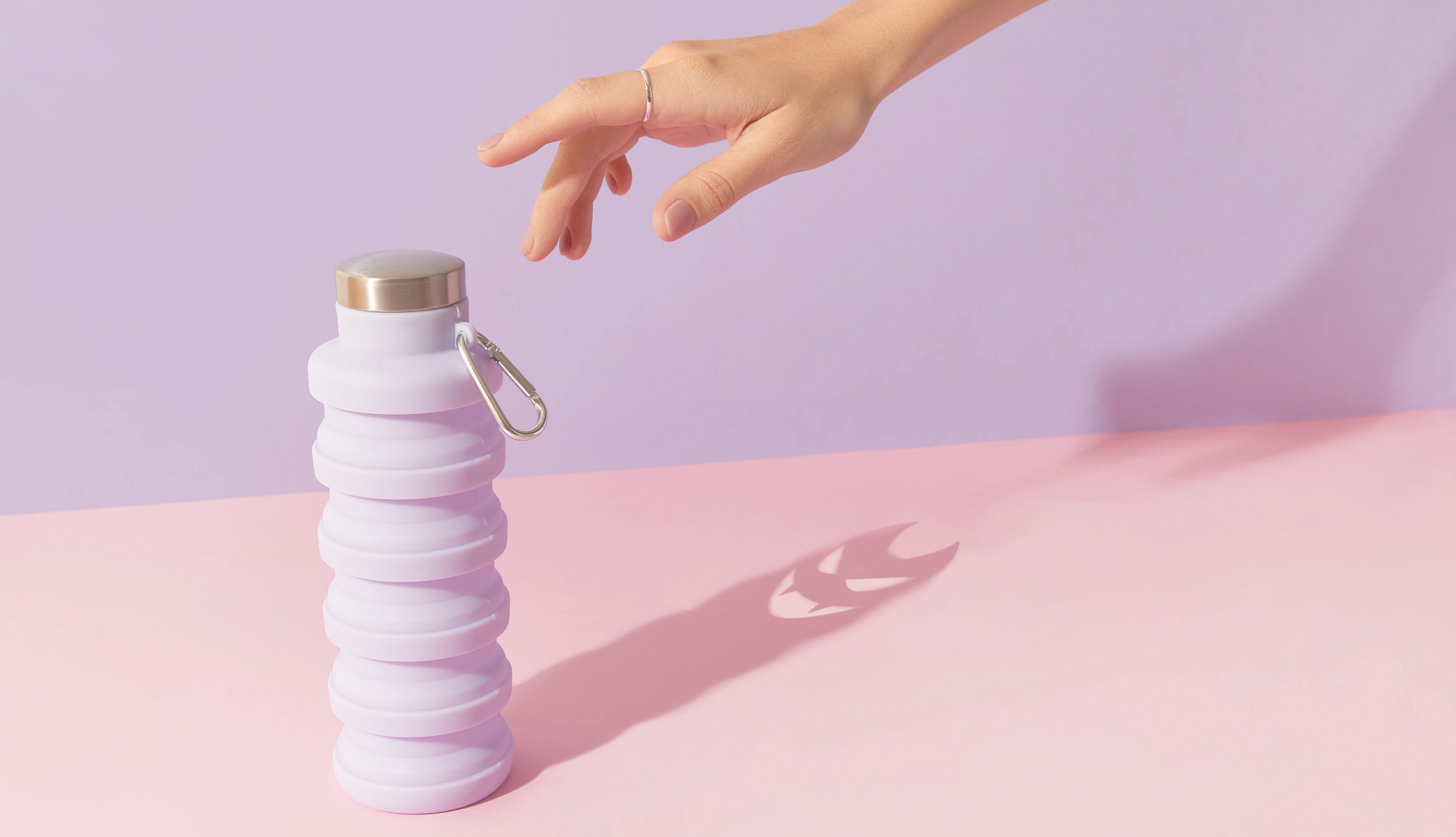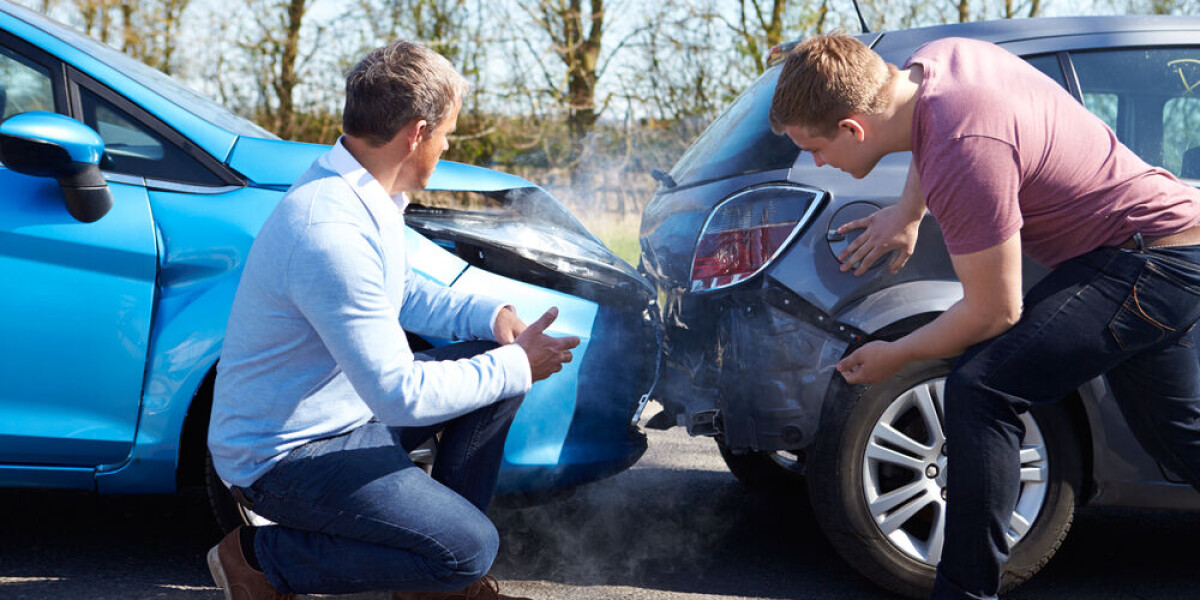
- Select a language for the TTS:
- UK English Female
- UK English Male
- US English Female
- US English Male
- Australian Female
- Australian Male
- Language selected: (auto detect) - EN
Play all audios:
HOW TO WASH YOUR WATER BOTTLE How do you prevent mold and other microbes from moving in and taking over? Cleaning your water bottle every day — or every couple of days — with hot water and
soap is a good place to start. Iwen also recommends sanitizing your bottle every week to 10 days. You can either run it through the dishwasher or soak it in a vinegar solution. “Take about
one part vinegar to about three or four parts water, and just let the bottle soak in that for maybe five minutes,” Iwen says. Rinse it off with hot water and soap, and you’re good to go. If
your bottle is equipped with seals, straws or silicone mouthpieces, you’ll want to disassemble those and give them a good wash and soak, too. “Rubber, for instance, is a good area for
bacteria to form these biofilms. So you should be taking it apart,” Iwen says. Inexpensive, specially designed brushes are even sold to help clean the often-neglected inside of straws.
“Pay attention to the nooks and crannies where substances can sort of get lodged and take hold and get missed in a superficial cleaning,” Long says. If a sugary drink was in your bottle,
make sure it didn’t leave behind a dried, sticky residue. “That’s just a great medium for bacterial and fungal growth,” Long adds. Just as important as washing the bottle is drying it
properly. Think of what happens to your lawn after a good rain, Turner says. “Mushrooms form, and mold is a fungus, and so it’s just waiting for the right environment. It needs oxygen and
water and a little warm temperature. So if you can dry things out, that’s probably the number one thing you can do to avoid mold and mildew growth,” he says. A FEW OTHER TIPS: _BUY
EASY-TO-CLEAN BOTTLES._ On the hunt for a new bottle? If you’re looking for a low-maintenance option, Iwen recommends a stainless steel bottle with a wide mouthpiece. They’re easier to
clean, plus, he says, biofilms form easier on plastic. _KEEP YOUR BOTTLE WITH YOU._ We’re all guilty of occasionally leaving our coffee mugs and water bottles in the car, but don’t make a
habit out of it — especially if it’s warm outside. “Bacteria love to grow in that kind of environment,” Iwen says. The advice is the same for storing your bottle on your desk at work or in
your gym bag for your next workout. _DON’T REFILL DISPOSABLE BOTTLES._ “They weren’t designed to be used over and over again,” Iwen says. The plastic can break down quickly, making it easier
for bacteria to take over.



